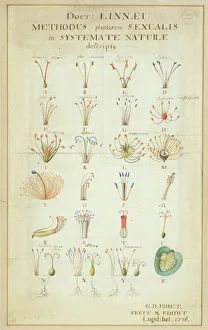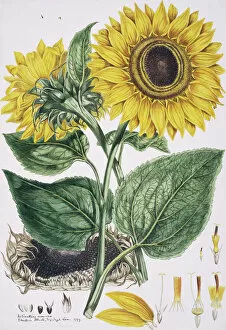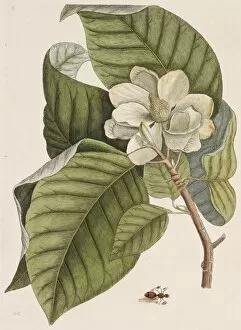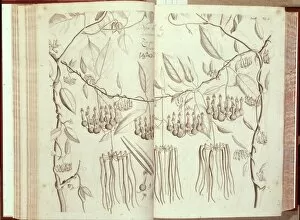1707 1778 Collection
"Exploring the Natural World: The Legacy of Carl Linnaeus (1707-1778)" Carl Linnaeus, a renowned Swedish naturalist and physician
All Professionally Made to Order for Quick Shipping
"Exploring the Natural World: The Legacy of Carl Linnaeus (1707-1778)" Carl Linnaeus, a renowned Swedish naturalist and physician, dedicated his life to unraveling the mysteries of the natural world. His groundbreaking work in taxonomy laid the foundation for modern biological classification systems. In 1736, Linnaeus published his magnum opus, "Systema Naturae, " which revolutionized the way we understand and categorize living organisms. One notable entry in this seminal work is record 3688 - Helianthus annus, commonly known as the sunflower. Linnaeus's contributions extended beyond scientific literature. He was immortalized in several portraits by artists like Alexander Roslin and Karl von LinnA. In one such portrait, he is depicted holding a sprig of Linnea borealis, a flower named after him. At just 25 years old, Linnaeus donned traditional Lapland dress during an expedition to study flora and fauna in northern Sweden. This image showcases his passion for exploration and understanding nature's wonders. Another prominent figure from that era was George-Louis Leclerc Buffon, a French naturalist who authored the monumental "Histoire Naturelle. " Buffon's works complemented Linnaeus's taxonomical efforts by providing detailed descriptions of various species across 44 volumes. To honor his immense contributions to science and our understanding of biodiversity, numerous busts have been created depicting Carl Linnaeus throughout history. These sculptures serve as reminders of his enduring legacy and inspire future generations to continue exploring our fascinating planet. The name Carl von Linné will forever be associated with curiosity-driven inquiry into nature's intricacies—a testament to how one individual can shape our collective knowledge about Earth's diverse ecosystems.




























